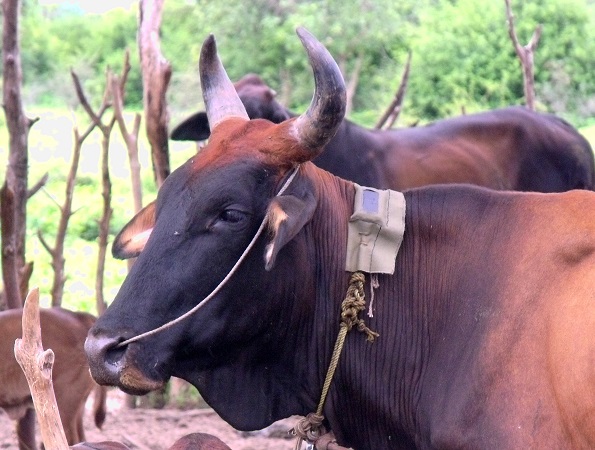Cattle in Harm's Way: Learning Their Movements Can Save Their Lives
/In our area, many cattle owners only see their cattle in the morning when they are released from their corrals and in the evenings when the cattle return. What happens in between is something of a mystery. Depending on water and grazing cattle could move in any number of directions, but what we have often found is that cattle head south seeking the fresh waters and green grasses of the Okavango Delta. These cattle mix with zebra and other plains game that are being stalked by the lions.
Mingling Zebra and Cattle
Last year, we put trackers of a few cattle to get a sense of their movement patterns. Our maps showed a straight march into the lion's den.
Cattle movements (lines) into lion territories (polygons) where the conflict occurs.
This month, we have begun an extensive operation to fit 24 cattle with Satellite trackers. These trackers will enable us to monitor a substantial number the herds and prides to determine the critical distance under which conflict is likely. These analyses will greatly inform our early warning system.
Project Assistant Pro is stitching up our custom made pouch before deployment.
A Happy Cattle Owner proudly displays our cattle tracker unit with our Project Assistant Chris (left)
Further, we are working with communities to develop a training system for herders that will focus on traditional livestock husbandry, rangeland health, and predator avoidance. We plan to develop a government recognized certification process whereby our participants will have a valued skill to be proud of and the opportunity for increased marketability. We will support these herders through incentives when livestock are well looked after and predators are not killed.
Thank you communities for working with us and the INNO Fund (WWF Netherlands) and SPOTS foundation for your support!













